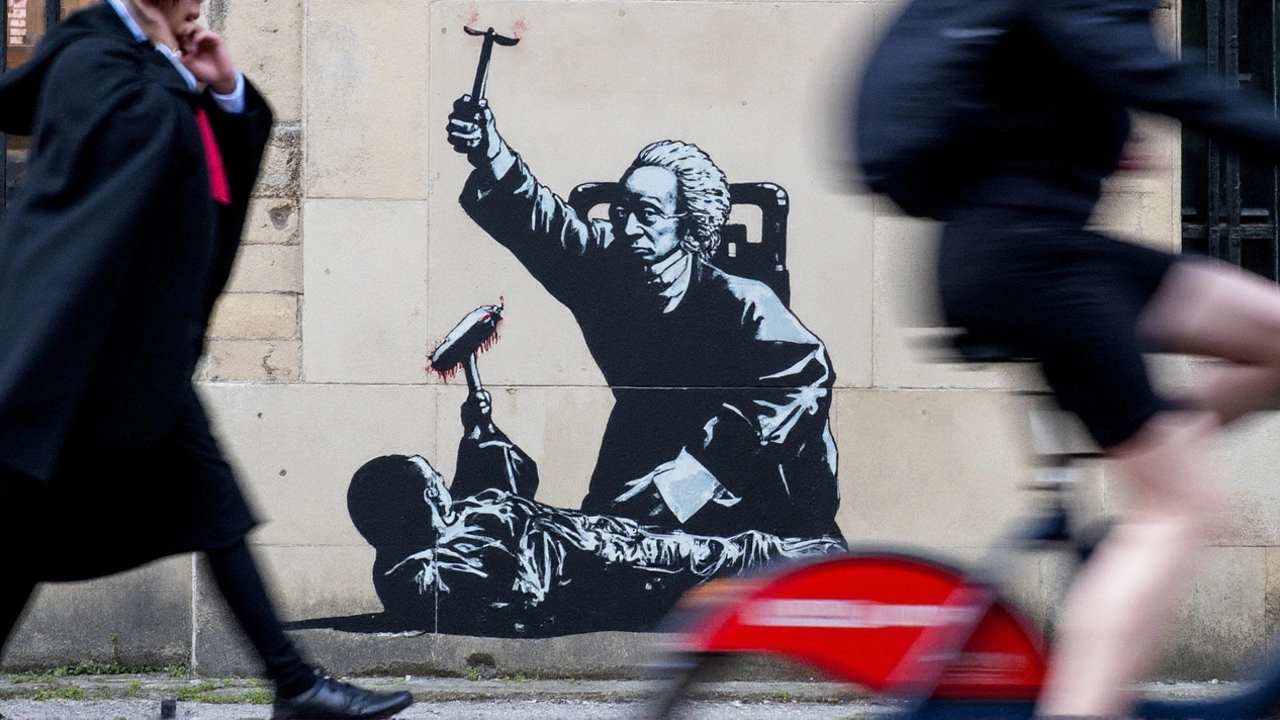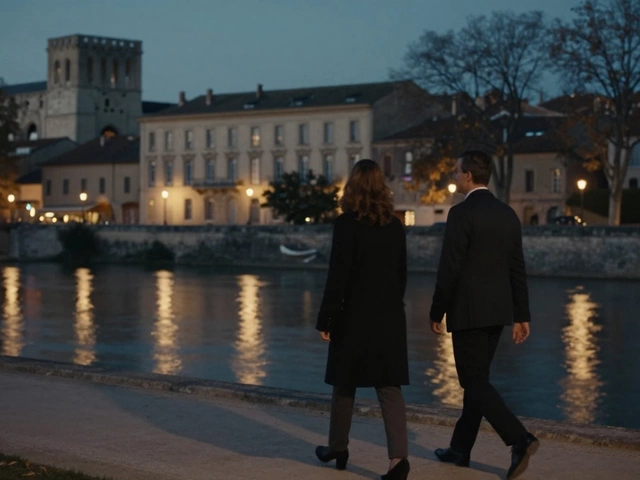Royal Courts of Justice – What You Need to Know
If you’ve ever walked past the massive stone façade on the Strand, you’ve probably wondered what lies behind those towering columns. That building is the Royal Courts of Justice, home to England’s High Court and Court of Appeal. It’s a place where landmark cases are decided, lawyers argue, and the country’s legal history keeps moving forward.
A Quick History
Built between 1873 and 1882, the Royal Courts of Justice replaced a cramped and outdated courthouse that could no longer handle the growing number of cases. The design, by architect George Edmund Street, mixes Gothic Revival style with modern engineering of the time. Its intricate stone carvings, stained‑glass windows, and soaring arches were meant to convey the seriousness of the law.
Since opening, the courts have seen everything from high‑profile criminal appeals to delicate family law rulings. Famous moments include the 1971 appeal that freed the “Birmingham Six” and the 2016 Supreme Court decision on Brexit. Even though the Supreme Court now sits elsewhere, the Royal Courts still host some of the most important appeals in the country.
Visiting the Court
People love to snap photos of the exterior, but you can also step inside for a taste of real courtroom drama. Public tours aren’t advertised on the main website, but you can arrange a visit by contacting the court’s information desk. Arrive early, bring a photo ID, and be ready for a security check – just like any other major building.
Once inside, you’ll find several courtrooms, each with its own layout. The main courtroom for the Court of Appeal is a grand space with a high ceiling and wooden paneling. If you’re lucky, you might catch a live hearing. No tickets are needed, but dress neatly and keep noise to a minimum. Phones must be turned off, and you’ll be asked to sit in the public gallery, not the lawyers’ bench.For those who can’t make it in person, the courts offer live streams of many hearings on their official website. It’s a great way to see how arguments are made, how judges ask questions, and how legal language sounds in practice.
When planning a trip, consider the location. The building sits right by the River Thames, a short walk from Blackfriars and Temple stations. Nearby cafés provide a good spot to review what you saw, and the area is packed with other historic sites, like the Senate House and the London School of Economics.
Whether you’re a law student, a curious traveler, or just someone who enjoys impressive architecture, the Royal Courts of Justice offers a mix of history, drama, and practical insight into the UK legal system. Drop by, watch a case, and walk away with a better sense of how justice is served in Britain.

Banksy Mural at Royal Courts of Justice Removed Within Hours Amid Palestine Action Crackdown
A new Banksy mural showing a judge striking a protester appeared outside London’s Royal Courts of Justice and was covered within hours. The Met opened a criminal damage investigation, and HM Courts and Tribunals Service says it will remove the work to protect the listed building. The piece coincided with mass arrests at a rally against the U.K.’s proscription of Palestine Action.
Categories
- Art & Culture News (5)
- Sports News & Analysis (4)
- Financial Markets & IPOs (3)
- Automotive Industry News and Analysis (2)
- Automotive Maintenance & Repair (1)
- Automotive News & Reviews (1)
- Film and Television Trivia (1)
- Sports (1)
- Science (1)
- Technology (1)


